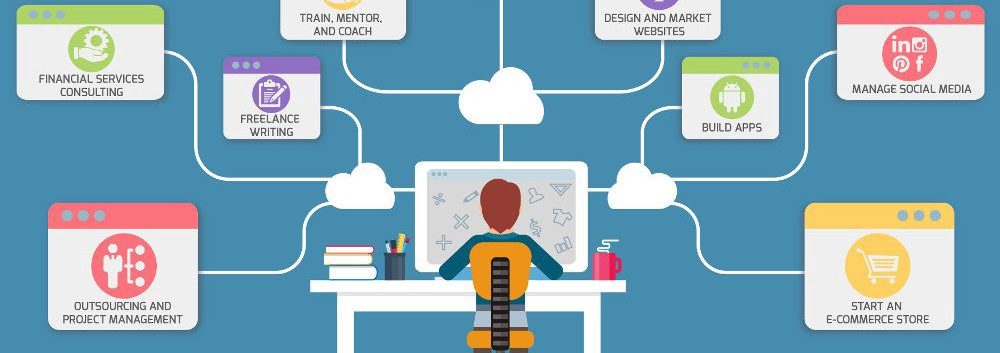Artificial Intelligence (AI) technology has significantly transformed the way we interact with web applications, offering personalized and intelligent user experiences. Whether you are a developer looking to integrate AI capabilities into your web applications or a business seeking to leverage AI for enhanced functionality, this step-by-step guide will help you navigate the process of building web applications with AI technology effectively:
1. Define Your Objectives and Use Cases:
Start by clearly defining your objectives for integrating AI technology into your web application. Identify specific use cases where AI can add value, such as natural language processing for chatbots, image recognition for visual search capabilities, or predictive analytics for personalized recommendations.
2. Choose the Right AI Framework:
Select a suitable AI framework or platform that aligns with your project requirements and technical expertise. Popular AI frameworks include TensorFlow, PyTorch, and scikit-learn, which offer a wide range of tools and libraries for machine learning, deep learning, and other AI applications.
3. Collect and Prepare Data:
Data is the fuel for AI algorithms, so it’s essential to collect and prepare high-quality data for training your AI models. Ensure that your data is clean, relevant, and representative of the problem you are trying to solve. Data preprocessing techniques such as normalization, feature engineering, and data augmentation may be necessary to improve the performance of your AI models.
4. Develop and Train AI Models:
Next, develop AI models that can address the use cases identified in step one. Depending on the complexity of your problem, you may choose to build machine learning models, deep learning neural networks, or other AI algorithms. Train your AI models on the prepared data using the chosen AI framework, and fine-tune them to achieve optimal performance.
5. Integrate AI Models into Your Web Application:
Once your AI models are trained and validated, integrate them into your web application using APIs or SDKs provided by the AI framework. Ensure seamless communication between your web application and the AI models to enable real-time predictions, recommendations, or other AI-driven functionalities for your users.
6. Implement User Interface for AI Features:
Design and implement a user interface that showcases the AI features of your web application in a user-friendly manner. Consider incorporating interactive elements such as chatbots, recommendation widgets, or visual search tools that leverage AI technology to enhance the user experience and engagement.
7. Test and Evaluate Performance:
Thoroughly test the functionality and performance of your AI-powered web application by running various scenarios and edge cases. Monitor key metrics such as accuracy, response time, user engagement, and feedback to evaluate the effectiveness of your AI models and make necessary adjustments for optimization.
8. Continuously Improve and Maintain:
AI technology is continuously evolving, so it’s essential to monitor the performance of your AI models, gather feedback from users, and iterate on your web application to incorporate new features and enhancements. Regular maintenance and updates will help ensure that your web application remains relevant and competitive in the dynamic AI landscape.
By following this step-by-step guide to building web applications with AI technology, you can harness the power of artificial intelligence to create intelligent, personalized, and innovative web experiences for your users. Embrace the potential of AI technology to drive digital transformation, enhance user engagement, and unlock new opportunities for growth and success in the ever-evolving digital world.




